The NFL Draft serves as the league’s annual player recruitment event, allowing teams to select the best talents from the college football world. While it has been a fountain of stars and solid performers, it has also seen its share of disappointing draft classes.
In this article, we’ll explore the ten worst NFL Draft classes of all time, discussing what made them infamous and the impacts they had on the teams involved.
10. 2009 NFL Draft Class
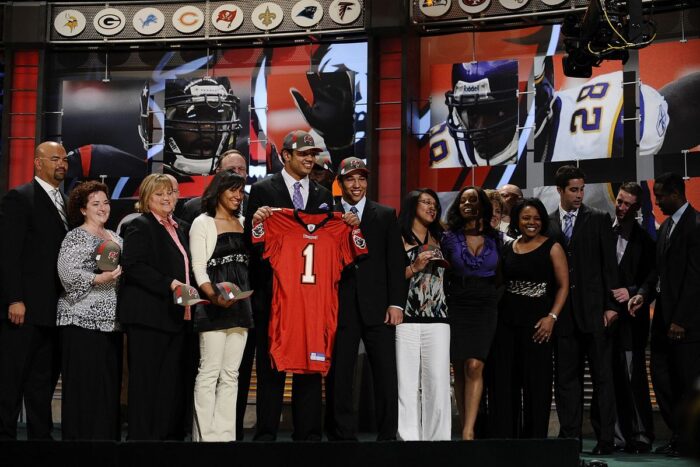
Source: bucsnation.com
NFL Draft Class is notorious for its high bust rate, leaving teams and fans alike frustrated and disappointed by the lack of high-quality players, especially in crucial positions.
Bust-Ridden Draft
The players drafted were riddled with inconsistency, poor work ethic, and a lack of innovation, diminishing the overall quality of the league during their tenure. The immediate and lasting impacts of these failed picks were felt across multiple franchises that struggled to recover from their draft missteps.
Notable Busts
- Aaron Curry (LB), touted as the “safest pick” in the draft, was taken fourth overall by the Seattle Seahawks but failed to make any significant impact.
- Jason Smith (OT), drafted second overall by the St. Louis Rams, struggled with injuries and underperformance, starting only 26 games in his NFL career.
9. 1991 NFL Draft Class
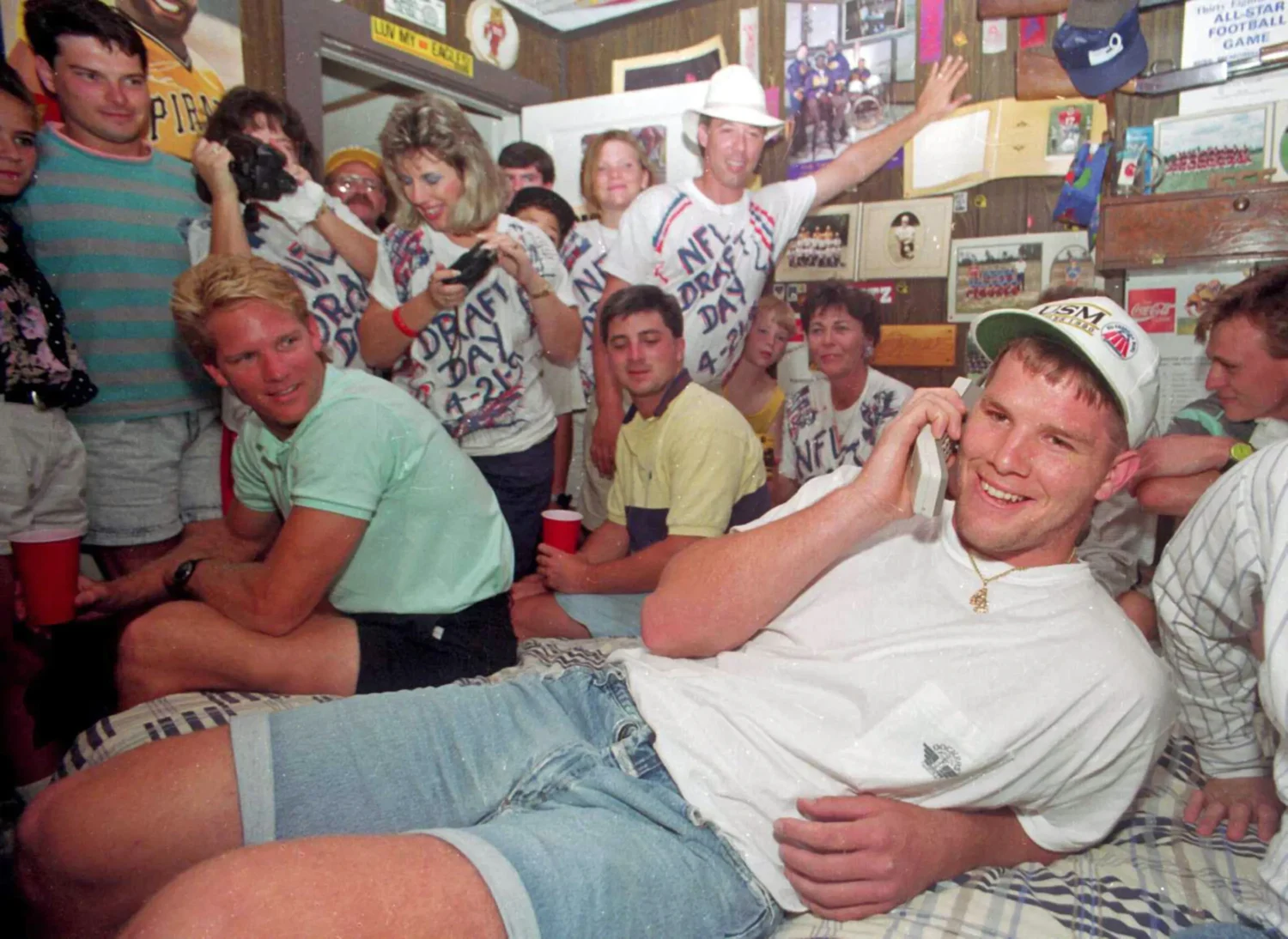
The 1991 draft was filled with prospects who never lived up to their potential. This class has gone down in history as one of the most fruitless, yielding an exceptionally low number of Pro Bowlers and All-Pros.
A Lack of Elites
Teams entered this draft with the aim of finding players who could become the faces of their franchises. However, the dearth of elite, transformational talents meant that many teams left the draft with more questions than answers and rosters filled with unremarkable players.
Unfulfilled Potentials
- Dan McGwire (QB), selected 16th overall by the Seattle Seahawks, ended his career with only two starts and a single touchdown pass.
- Todd Marinovich (QB), drafted 24th overall by the Los Angeles Raiders, struggled with substance abuse issues and only played in eight NFL games.
8. 2013 NFL Draft Class
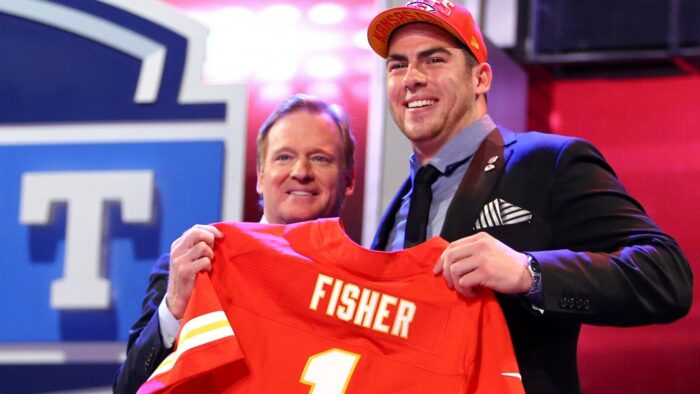
Source: sbnation.com
The 2013 class is remembered for its lack of star power and for being a breeding ground for mediocrity, having very few players who lived up to their pre-draft evaluations.
The Search for Stars
Teams, armed with extensive scouting reports and high hopes, dived into this draft expecting to unearth the next big things. Instead, they found a class lacking in elite talents, with many high draft picks failing to make significant impacts in the league.
Letdowns and Misjudgments
- Luke Joeckel (OT), taken second overall by the Jacksonville Jaguars, was plagued by injuries and poor play, lasting only four seasons in the NFL.
- Dee Milliner (CB), selected ninth overall by the New York Jets, battled injuries and inconsistency, playing only 21 games over three seasons.
7. 2002 NFL Draft Class
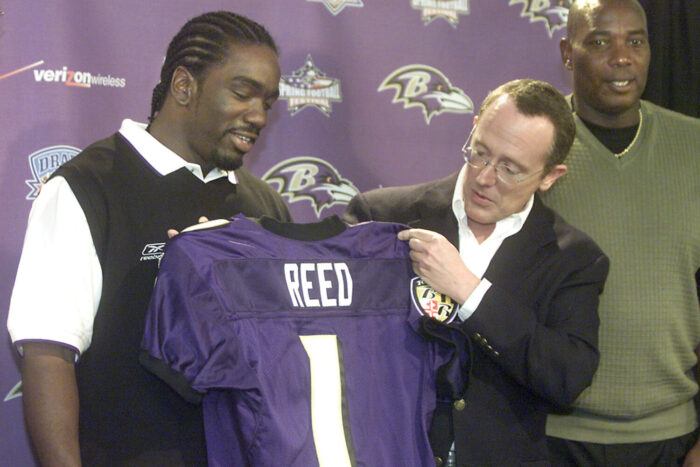
Source: bleacherreport.com
The 2002 draft class had teams optimistic about acquiring franchise-changing talents. However, this class ended up being a colossal disappointment, characterized by high picks who made little to no impact in the league.
Unremarkable Performances
The supposed standout players of this class failed to bring the transformative change expected of them, providing subpar performances that did little to enhance their respective teams. This lack of impactful players significantly affected the competitive balance during this period.
Busts Galore
- David Carr (QB), the first overall pick by the Houston Texans, couldn’t live up to the expectations, being sacked a record 76 times in his rookie season.
- Mike Williams (OT), the fourth overall pick by the Buffalo Bills, didn’t justify his high selection, struggling with consistency and motivation throughout his career.
6. 1989 NFL Draft Class
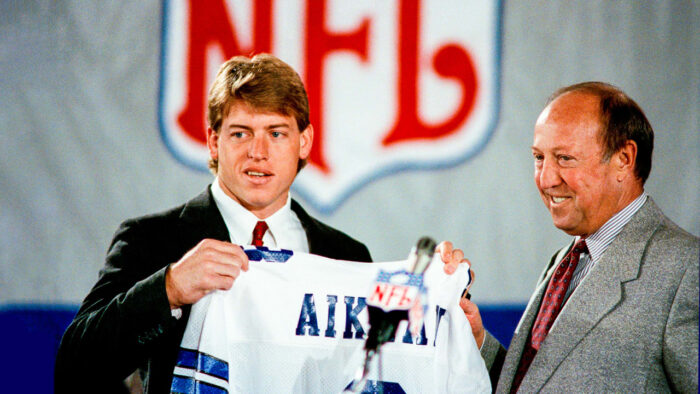
Source: dallascowboys.com
Despite the excitement surrounding the 1989 Draft, it turned out to be one of the worst, marked by numerous underperforming high picks and infamous for its lack of depth and impact players.
Lack of Depth
Beyond the early rounds, the 1989 class lacked substantial talents, leaving teams scrambling for impact players in the later rounds. The scarcity of productive players in the middle and late rounds made it hard for teams to find value and build competitive rosters.
Failed Expectations
- Tony Mandarich (OT), selected second overall by the Green Bay Packers, was labeled “The Incredible Bust” due to his poor play and off-field issues.
- Steve Walsh (QB), despite a successful college career, could not translate his success to the NFL, bouncing around six teams in 11 seasons.
5. 1999 NFL Draft Class
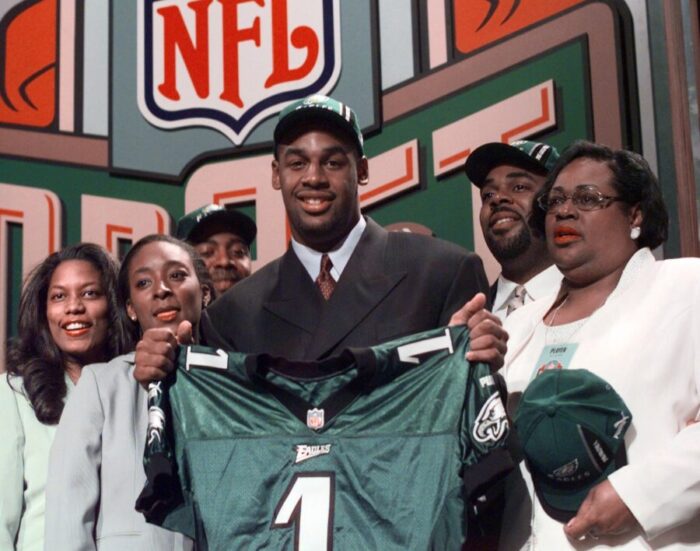
The 1999 class is a case study in mismanagement and poor scouting, with several teams making regrettable decisions that would haunt them for years to come, symbolizing the perils of misevaluation.
Missed Opportunities
Teams were dazzled by the supposed high-ceiling players, overlooking fundamental flaws and red flags. The consequences of these misjudgments were felt for years, with teams left ruing the missed opportunities to acquire real talents available in the draft.
Draft Blunders
- Akili Smith (QB), drafted third overall by the Cincinnati Bengals, became a monumental bust, with just five touchdown passes in four seasons.
- Cade McNown (QB), selected twelfth overall by the Chicago Bears, only lasted two seasons as a starter, throwing more interceptions than touchdowns.
4. 1984 Supplemental Draft Class
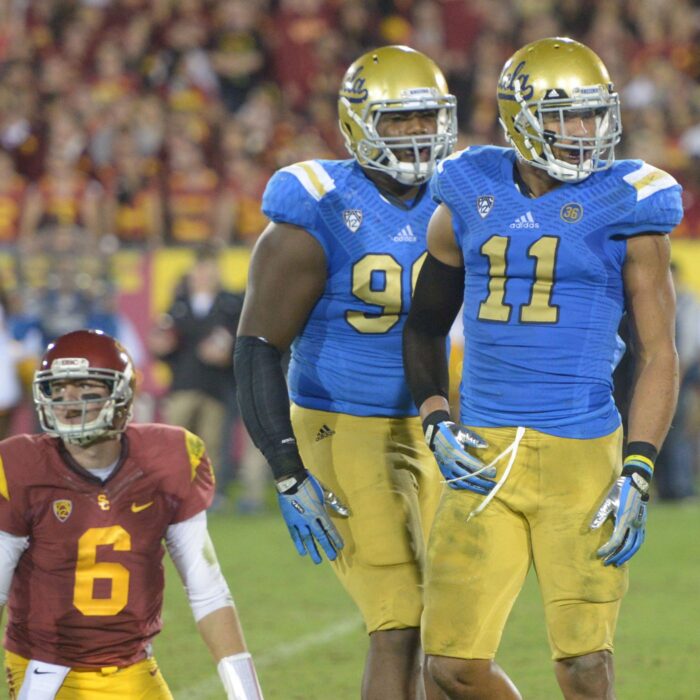
The 1984 Supplemental Draft Class is known for its lack of notable players and is highlighted by the NFL’s desperate attempt to compete with the USFL for talents, leading to a class characterized by inadequacy and regret.
A Battle of Leagues
The ongoing tussle between the NFL and the USFL resulted in a diluted talent pool, with teams scrambling to acquire players who could barely meet the standards of professional football. This class struggled to produce players capable of transforming franchises or contributing significantly to their teams’ successes.
Talent Drought
- Mike Rozier (RB), Heisman Trophy winner, failed to replicate his college success, ending his NFL career with a mediocre 4,462 rushing yards.
- Steve Young (QB), though considered a great player in hindsight, initially struggled significantly, partly due to the ineptitude of the surrounding draft class.
3. 1972 NFL Draft Class
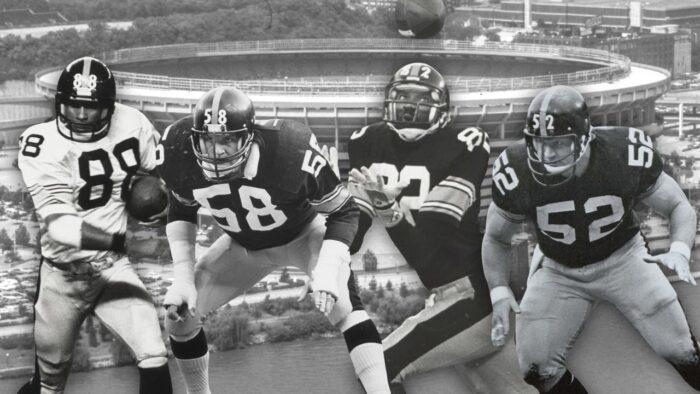
The 1972 class lacked the explosive and transformative talents necessary to elevate the league. Teams were left rummaging through a pool of mediocrity, seeking gems where there were none.
The Quest for Talent
Teams found themselves battling to find players who could make meaningful contributions. The lack of high-impact players meant that franchises were unable to build around new, foundational pieces, leading to stagnation in development and progress across the league during this period.
Absence of Impact Players
- Walt Patulski (DE), drafted first overall by the Buffalo Bills, only lasted four seasons in the NFL, managing a measly 5 sacks in his career.
- Lionel Antoine (OT), a supposed mainstay for the Chicago Bears, saw his career mired in inconsistency, playing just 31 games over seven seasons.
2. 2007 NFL Draft Class
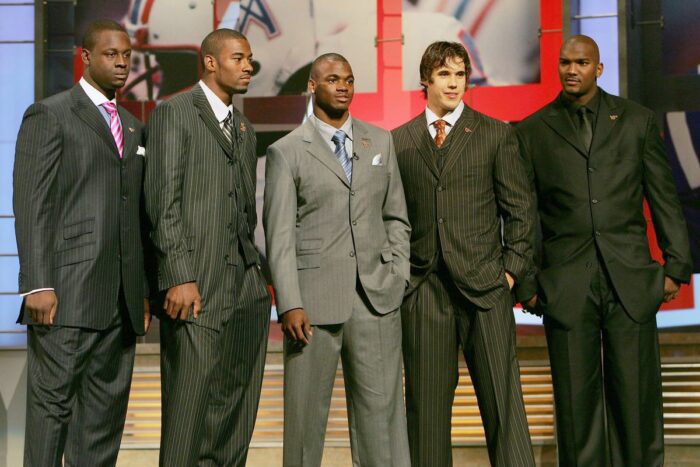
Source: bucsnation.com
The 2007 draft class came with high expectations but proved to be a den of inefficiency and unprofessionalism, bringing teams to their knees with poor performances and off-field issues.
Underwhelming Picks
Many picks of this class displayed a lack of vigor and innovation in their gameplay. Not only were their on-field performances below par but their inability to adapt to the professional realm left teams regretting their choices. The reputational damage to the teams involved was palpable, and the class was quickly deemed a disaster.
Significant Disappointments
- JaMarcus Russell (QB), the first overall pick by the Oakland Raiders, had a dismal career marked by poor work ethic, weight issues, and lack of leadership.
- Brady Quinn (QB), regarded as a potential savior for the Cleveland Browns, failed to live up to the hype, recording only 12 touchdowns in his entire career.
1. 1992 NFL Draft Class
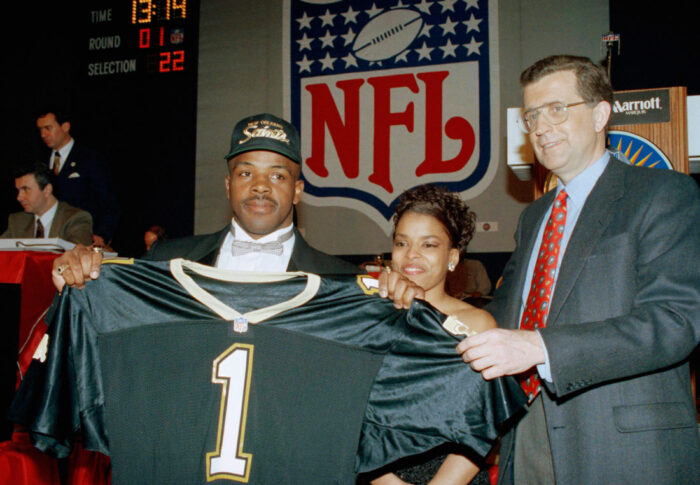
Source: disdisbuy.com
The 1992 draft class is synonymous with missed opportunities and unfulfilled potential. This class was remarkable not for the talents it produced but rather for its string of busts, setting several franchises back for years.
Overview
This class promised a myriad of future stars, with teams eager to make picks that would revolutionize their fortunes. Unfortunately, what followed was a series of poor performances and wasted potential. The lack of standout players led to a lack of competitive intensity in many matches during this period, overshadowing the few bright sparks that existed.
Notable Failures
- Steve Emtman (DE), selected as the first overall pick by the Indianapolis Colts, saw his career plagued by injuries, playing only 18 games for the Colts.
- David Klingler (QB), the sixth pick by the Cincinnati Bengals, lasted six seasons in the NFL, throwing 16 touchdowns and 22 interceptions.
FAQ
How are the draft classes evaluated to be ranked as the worst?
Draft classes are usually evaluated based on the performance, career longevity, and impact of the players selected.
A class considered as one of the worst typically has a high number of players who underperformed relative to their draft position, had short-lived careers due to performance or off-field issues, and lacked significant impact or contributions to their teams.
Are there any draft classes that have been redeemable after initially being considered poor?
Yes, perceptions of draft classes can evolve over time as players develop and late-round picks exceed expectations.
A draft class initially deemed poor can later be viewed more favorably if players improve significantly and make substantial contributions to their teams or if players initially overlooked emerge as standout performers.
How do poor draft classes affect the overall competitiveness of the NFL?
Poor draft classes can lead to a decrease in the overall quality and competitiveness of the league. Teams relying on draft picks to rebuild or enhance their rosters may struggle if those players don’t meet expectations, leading to prolonged periods of underperformance by those teams.
This can lead to a lack of parity and competitive balance within the league, impacting fan engagement and interest.
How have changes in scouting and evaluation methods impacted the quality of draft classes over the years?
Advancements in scouting and evaluation methods, including enhanced data analysis, more sophisticated performance metrics, and improved psychological assessments, have helped teams make more informed draft decisions.
These improvements have generally led to better player-team fits and more accurate assessments of a player’s potential, reducing the likelihood of high-profile busts and improving the overall quality of draft classes.
Have any of the worst draft classes produced Hall of Fame players?
Yes, even draft classes considered among the worst have sometimes produced Hall of Fame players. A poor overall class does not preclude the emergence of individual standout players who go on to have illustrious careers and earn Hall of Fame honors.
These players are often the exceptions within their classes and underscore the inherent unpredictability of the draft process.
Can poor management and coaching contribute to making a draft class appear worse than it is?
Absolutely, poor management decisions, inadequate player development, and unsuitable coaching systems can hinder the progress and performance of drafted players, potentially making a draft class appear worse than it actually is.
In such cases, players might perform poorly due to being in the wrong system or lacking the necessary support and development rather than lacking talent or potential.
Final Words
NFL Draft classes have had their fair share of stars and busts, but the above-listed ones stand out for their overwhelming number of disappointments. While each draft class has its unique context and set of challenges, the common thread among these worst draft classes is a convergence of misjudgments, unrealized potential, and unmet expectations.
These drafts serve as a stark reminder of the uncertainties and complexities inherent in scouting and player evaluation, underscoring the high stakes and pressures that NFL teams face in their quest for the next big star.
